Showcasing Philippine heritage houses and architecture, the Las Casas Filipinas de Acuzar resort in Bagac, Bataan gives Filipinos something to be proud of
Next time you have foreign visitors or balikbayan relatives you need to show around the Philippines, Las Casas Filipinas de Acuzar should be first on your list. You are brought back to a time and place in Philippine history many of us are not familiar with, except for what we’ve seen in history books. The only indication of modern times is when we whip out our iPhones to take as many Instagram photos as we can, or when we see the occasional speed boat or golf carts shuttling guests to the different areas of the vast property. It sits amidst 400 hectares along the Bataan coastline, although only 26 hectares have been developed as the resort.
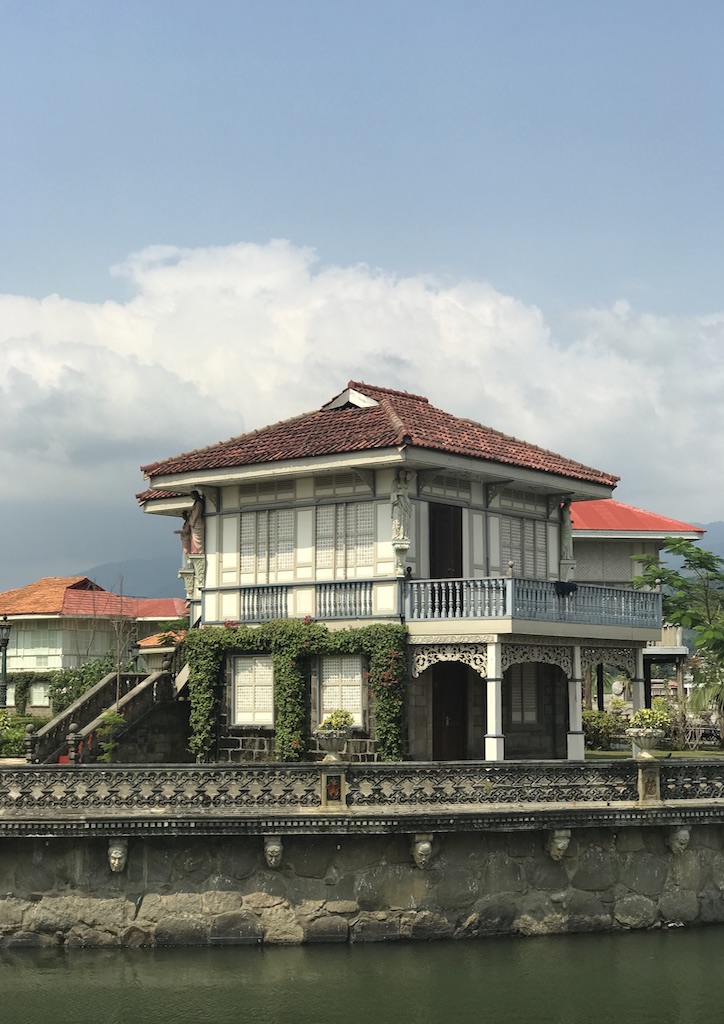
A Window to the Past and Future
Las Casas Filipinas de Acuzar is a private resort facing the West Philippine Sea, with structures uprooted from different provinces of the Philippines and restored on site. The result, a well-curated mix of historical Filipino-Spanish homes, structures and elements all coming together to form a replica of a bygone era—a window to our past, a pride for our future.
Jose Rizalino Acuzar, a Filipino businessman and art collector, started this project in 2000 with a dream and vision to share the importance of Philippine heritage homes. When he first started, there were only a few restored houses on the property. Now, there are 60 heritage homes relocated and restored within the resort, each one with its own story to tell, and now either serving as guest accommodations, dining areas, stores, function areas or museums.
Wife Tess Acuzar is an avid art and furniture collector as well, giving her own two cents when decorating the interiors of many of the structures. Though they try to stay true to the original façades, there is a mix of Filipino and Spanish influence in the interiors. All guest rooms are air conditioned and bathrooms are refurbished with modern conveniences to make sure everyone still receives luxury comforts amidst heritage aesthetics.
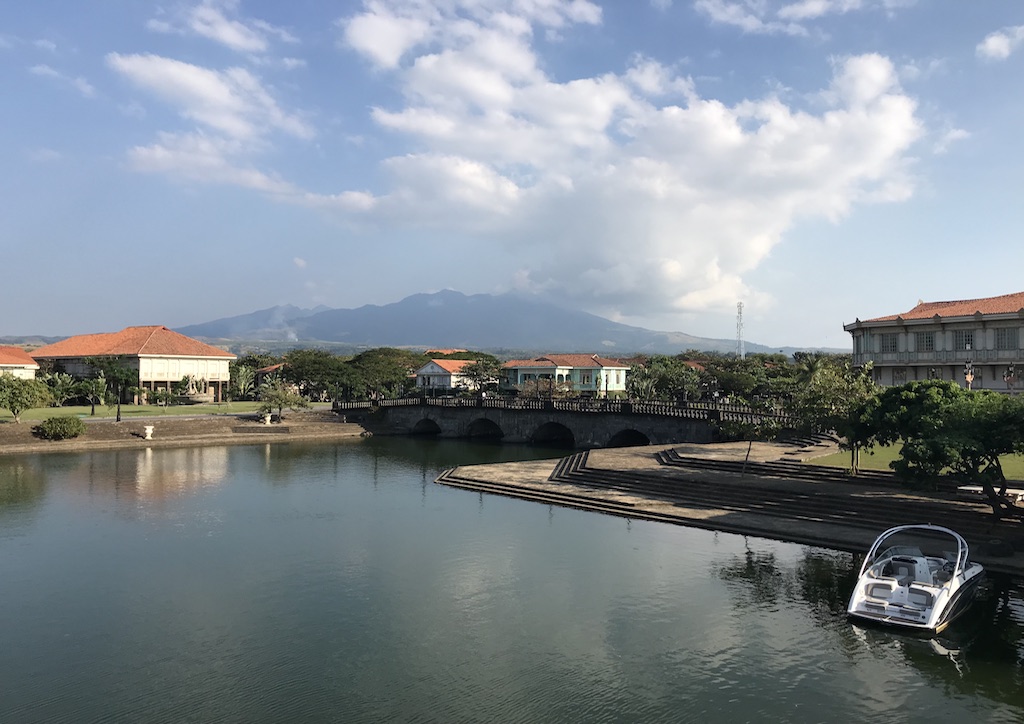
A Make-Believe Time and Place
It is an easy three-hour drive north from Manila to Las Casas, which is located in Bataan, a province with its fair share of Philippine history, as this is where the Death March originated from during World War II. On your way to Las Casas, you will pass by Mount Samat, where you can see a large cross perched on top. It is now a museum and serves as a reminder of all Filipinos who walked and perished during the march.
When entering Las Casas’ property, you drive alongside rice fields, but it takes you a moment to realize that they are not the same rice fields you saw along the highway. They are, in fact, the beginning of your journey to the past, as your first glimpse of heritage structures are beyond it. The nipa huts and farmers in costumes are, in fact, staged but are still doing their actual work.
Your first experience takes place in Casa New Manila, a 1926 two-storey house that stood in Balete Drive for almost 90 years. It now serves as the reception and check-in area. Like in almost all Filipino heritage homes, the windows are large, specifically to bring in the sunlight and breeze. Immediately, the surrounding views fill you. There is a river below, and beyond it, rows and rows of beautifully-restored homes, cobbled-stone streets, mid-century bridges, and well-manicured gardens. You cannot help but stare in awe, trying to place where exactly in history you’re in. Then you realize, it is a make-believe time and place in Philippine history, but one done so well that you hope it truly existed this way centuries ago.
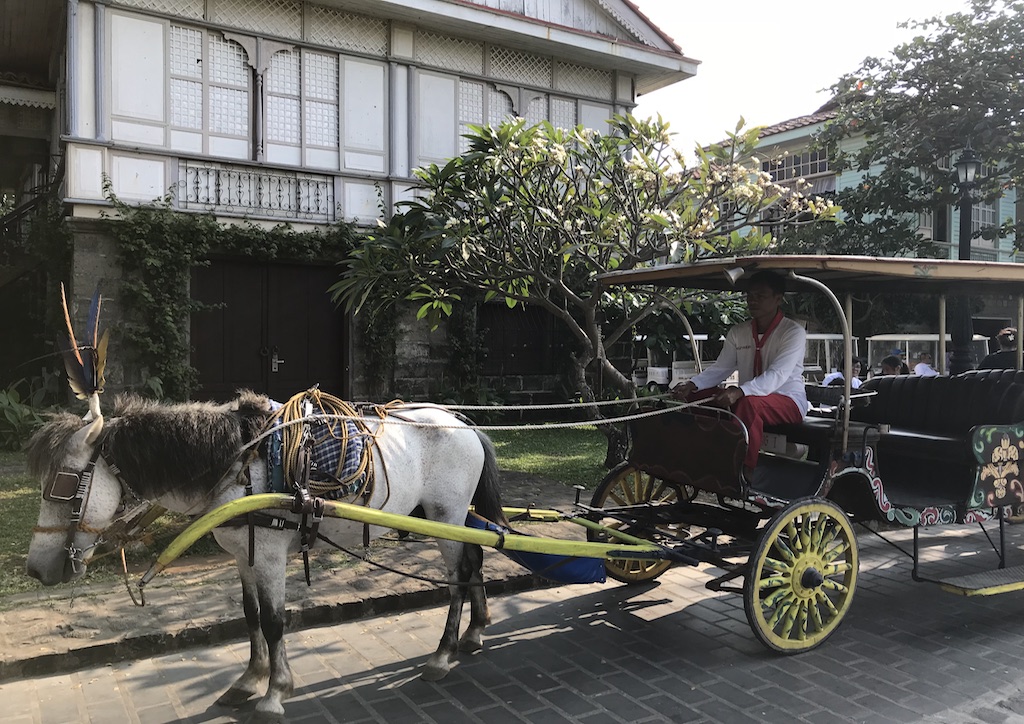
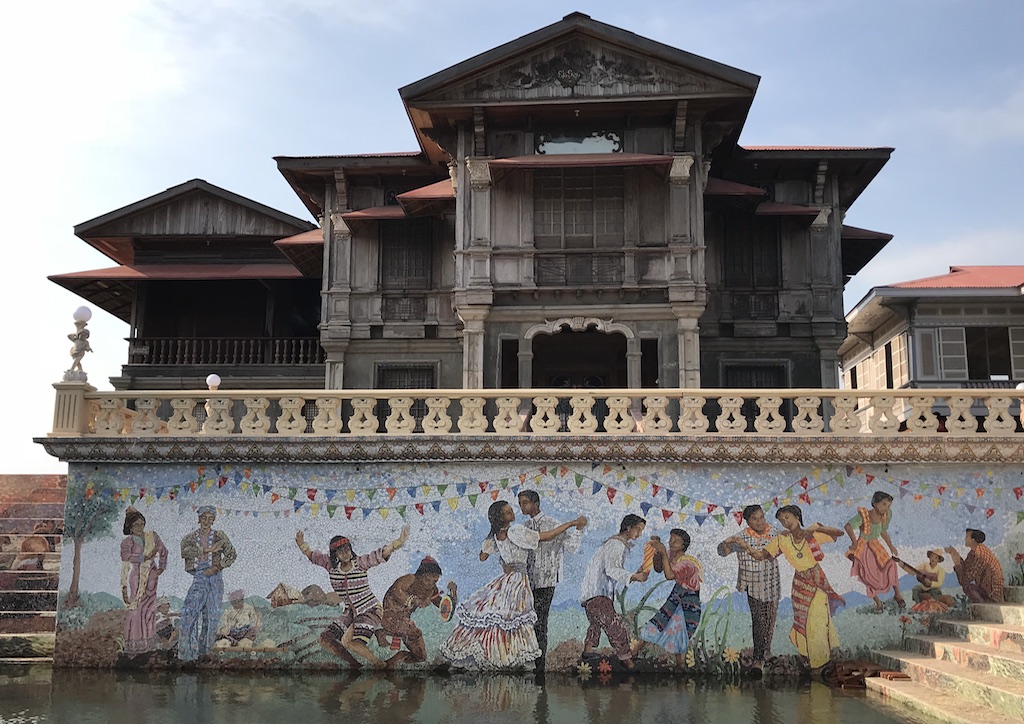
Accesorias By The River
Being a vast property, going from one area to the next is made possible through several means—a jeepney, horse-drawn kalesa, a tram, a balsa (open wooden boat) through the river, or golf cart. The best way to experience Las Casas and learn as much of the history of the houses as possible is to take the Guided Tours. You may book a private tour guide or join one of the many daily scheduled tours. The tour will take you on most of the modes of transportation as you visit each area of the property, entering many of the homes and museums.
From the reception area, you drive along the beach, which has several tents and lounge chairs for overnight visitors. Lining the beachfront is an area called La Puesta Del Sol, where the Accesoria houses are located. Within these houses are the hotel rooms and suites (P11,000 to P18,000/night). A precursor to the apartments and townhouses of today, accesorias were originally built to maximize earnings for its owner—a store on the ground floor, workshop on the second floor, and the owner’s home on the third—with the absence of space in between each building.
In Las Casas’ case, the Accesoria rooms and suites are located within several clusters of buildings designed to look like the accesorias of the past, with halo-halo aesthetics, capiz windows and large ventanillas. Though the façades are a restoration of the past, they are fitted with air conditioned suites, king-sized poster beds and modern bathrooms on all three floors. The seven restored Accesoria buildings have their own history to tell, ranging from the 1800s to 1900s from places like Binondo and Cavite.
Apart from hotel rooms and suites, the Accesorias also have entire homes that can be occupied privately by families and friends with four up to 14 rooms (P45,500 to P161,000/night depending on how many rooms are in the house), each designed differently and with its own character.
A Walk Through Homes and Lives of the Past
From the Accesorias, it’s a short walk to Casa Hagonoy, a restored 1936 two-storey gabled house from Hagonoy, Bulacan. It now sits on its own patch of garden by the water. There are no accommodations for guests inside this heritage home. Instead, as much of its original elements are preserved so guests can walk through the house and imagine how its owners (the Santos-Saguinsin family) once lived within its walls.
Its owners were obviously wealthy, as seen by the home having three balconies (one large enough to meet with the embroiderers and farmers of their fish ponds and rice fields), two dining rooms (one for daily lunches and one for grand occasions), and an entresuelo (one of the few houses in Las Casas with this part of the house. Referred to today as a mezzanine, an entresuelo during the olden times meant an area in between floors, with an entrance to the main level from underneath the floor (suelo in Spanish). The entresuelo would usually be for servants and unwanted visitors, like disapproved suitors of daughters.
Across the river from Casa Hagonoy are other historical houses restored into walk-through houses or museums. There are a number not to be missed.
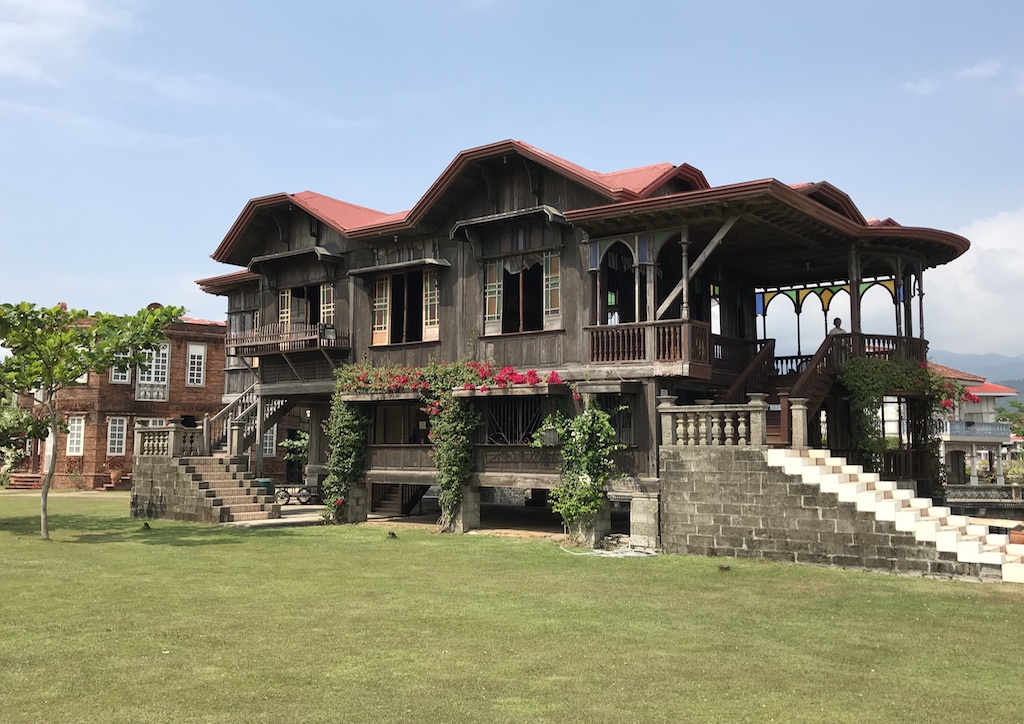
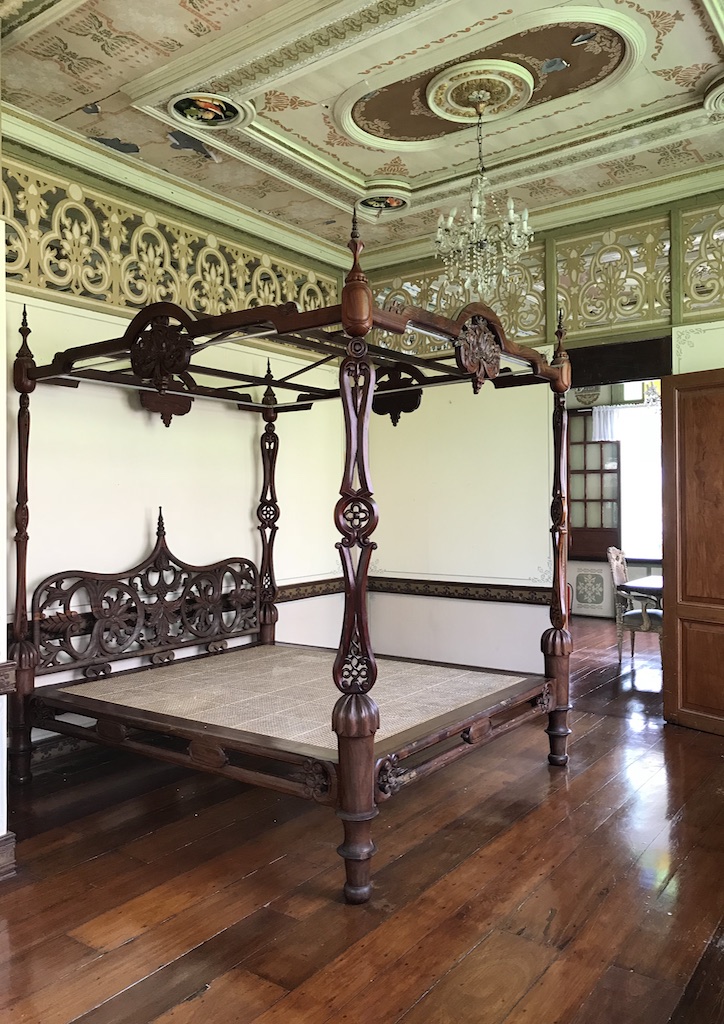
Casa Lubao was occupied by two generations of the Arrastia family before World War II. It was built as a plantation house in Lubao, Pampanga during the early 1900s. A combination of the bahay na bato architectural style, the house has a concrete ground floor and a wooden upper floor, from where the family managed their rice and sugar hacienda while raising nine children. In typical colonial design, the rooms are large and have high ceilings. You can walk through the upper floor of the restored Casa Lubao, which has rooms decorated with furniture from the past.
Casa Biñan was built in the 16th century by Gregorio Alonzo. It was located in Biñan Plaza in Laguna. The house is filled with history, scandal and conspiracy, leading up to the years of Teodora Alonzo, Jose Rizal’s mother.
A walk through Casa Luna is interesting because of how the house was designed. It takes you back to how the wealthy used to live in La Union during the mid-1800s. A typical Ilocano bahay na bato has three floors and an azotea (roofed garden) at the back. Its ground floor is big enough for a cochera (a garage for horses and carriages) and a store room for farm products. It also has an entresuelo for servants and a narrow corridor encircling the perimeter of the house for the alipin saguiguilid. Alipin means servant and guilid means side. This was a typical feature of illustrado homes in the past, as servants were only allowed to walk unseen in these corridors and not enter the main living areas.
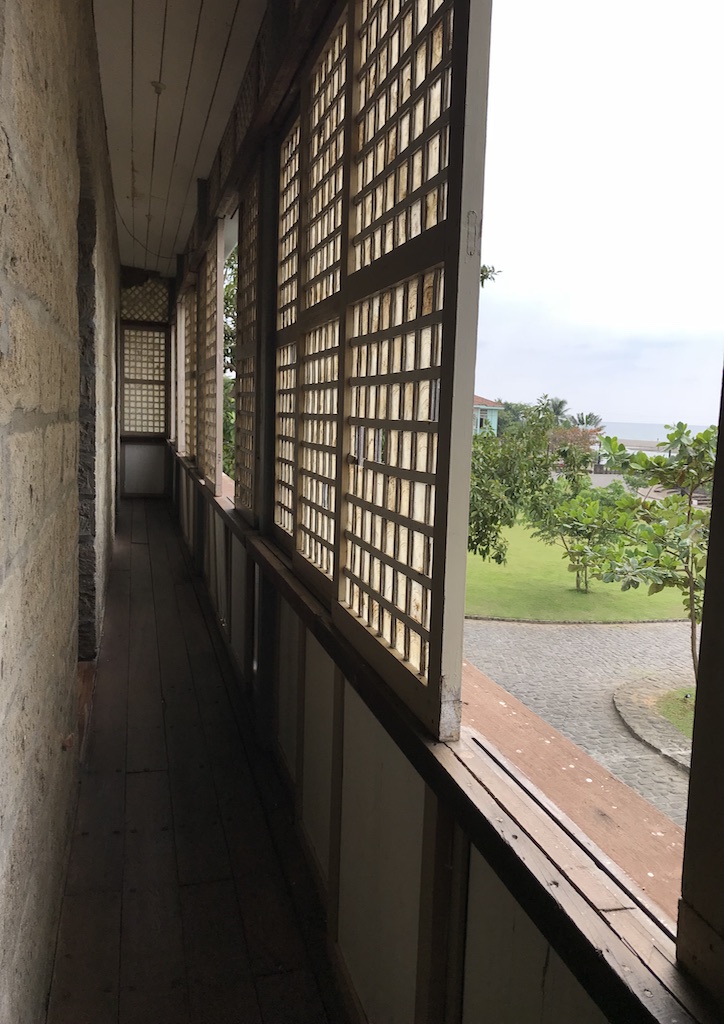
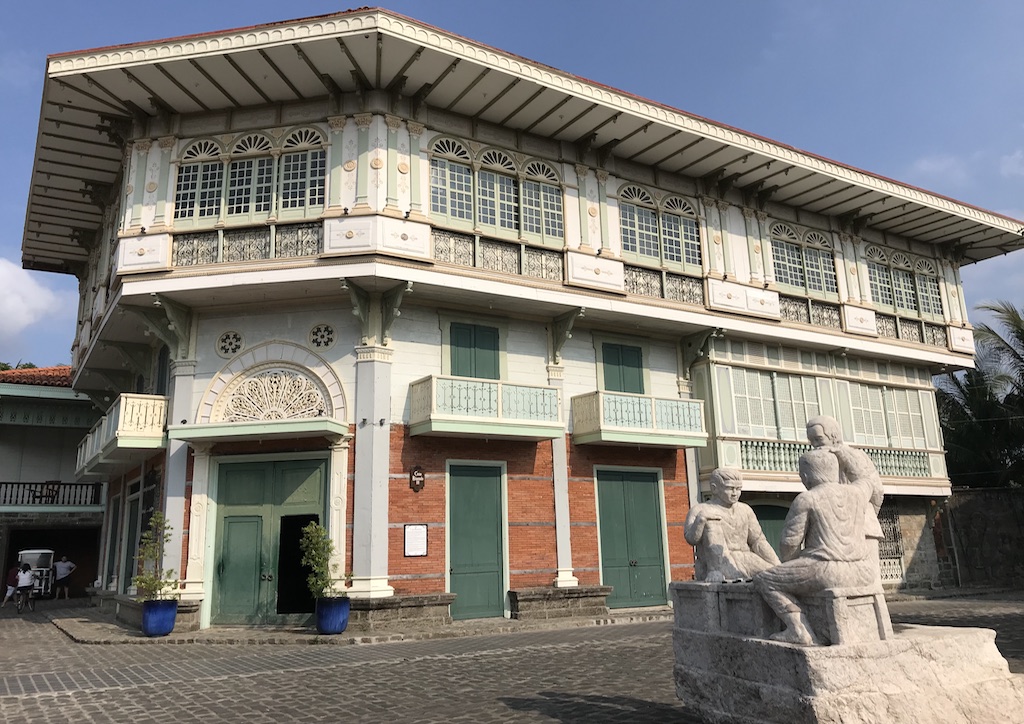
There are many more heritage homes in Las Casas that you can walk through and learn more about the lives of illustrious Filipinos in the past, many of which have large Spanish influences in their design and architecture. Try to visit as many as you can, as each gives a peak of the different times in our past.
At the center of Plaza Atienza is Casa Byzantina, a three-storey bahay na bato influenced by the neo-Byzantine and neo-Mudejar periods. Considered a “floral” bahay na bato, its design is more elaborate, with delicate embellishments compared to others built before it. This floral period in Philippines Ancestral Homes happened during the early to mid-1900s. Originally found in San Nicolas, Binondo, Casa Byzantina in Las Casas now houses some of the resort’s most expensive accommodations. The entire house has to be rented as a whole and has its own foyer and living area.
Heritage, Recreation and Dining
Nearby is Paseo de Escolta, where souvenir shops line the street. There is also Napiya Spa, where you can indulge in spa treatments inside a heritage home. Around the corner are the Casas de Cagayan, where the Bellas Artes exhibit is on display. These are composed of four houses originally from the Cagayan province built in the early 1900s. Built using wood only and on stilts, they were referred to as the homes for “ordinary” Filipinos.
Further down is the batis, or swimming pool, which has a natural design in keeping with its surroundings. It is located by the river banks and has a great view of the sunset and the beach. Across the pool is Plaza de Castro, where the establishment La Parilla is located. It conveniently serves merienda (afternoon snacks) from a traditional nipa hut, with a balut vendor occasionally walking around and selling the famous Filipino delicacy.
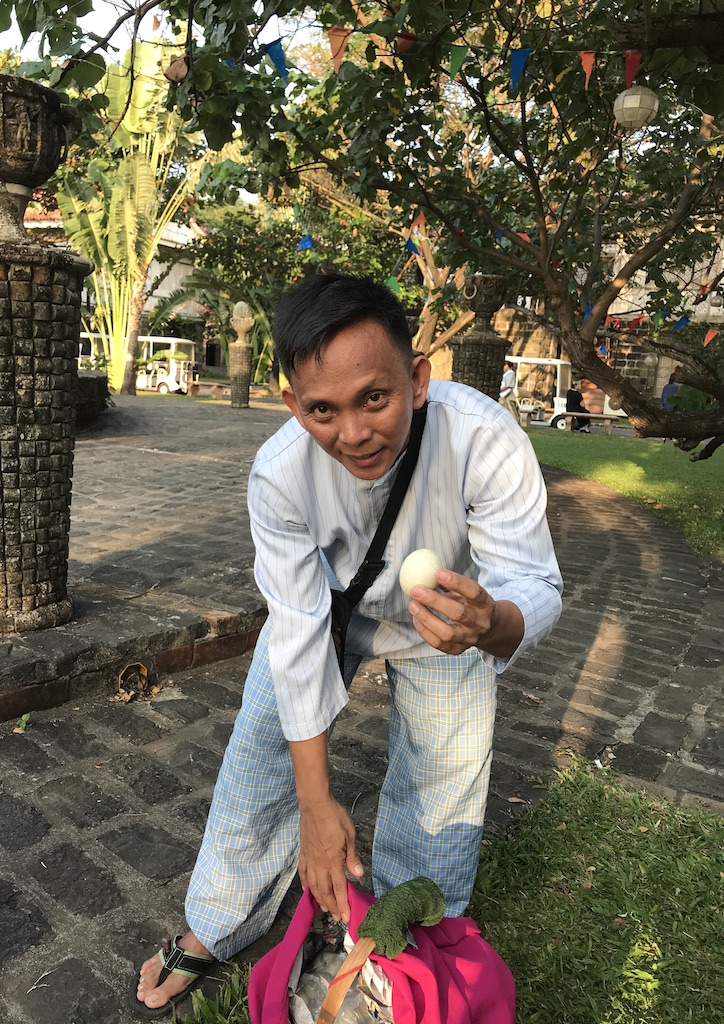
There are other dining establishments around the resort. Traditional Filipino food is served in Cucina ni Nanay Maria located inside Casa Unisan, the first bahay na bato ever built in Unisan, Quezon in 1839. Built by Antonino Maximo Sr., it is composed of two main structures. One composed of the sala and cuartos (bedrooms), and the other of the comedor (dining area) and kitchen.
Italian fare can be had in La Bella Teodora located in Casa Biñan, while Café del Rio is located right by the river in Casa Sta. Rita. Open later than the other establishments, Café del Rio serves alcohol and pica pica, perfect for a night cap with friends. It also has live music every Friday to Sunday.
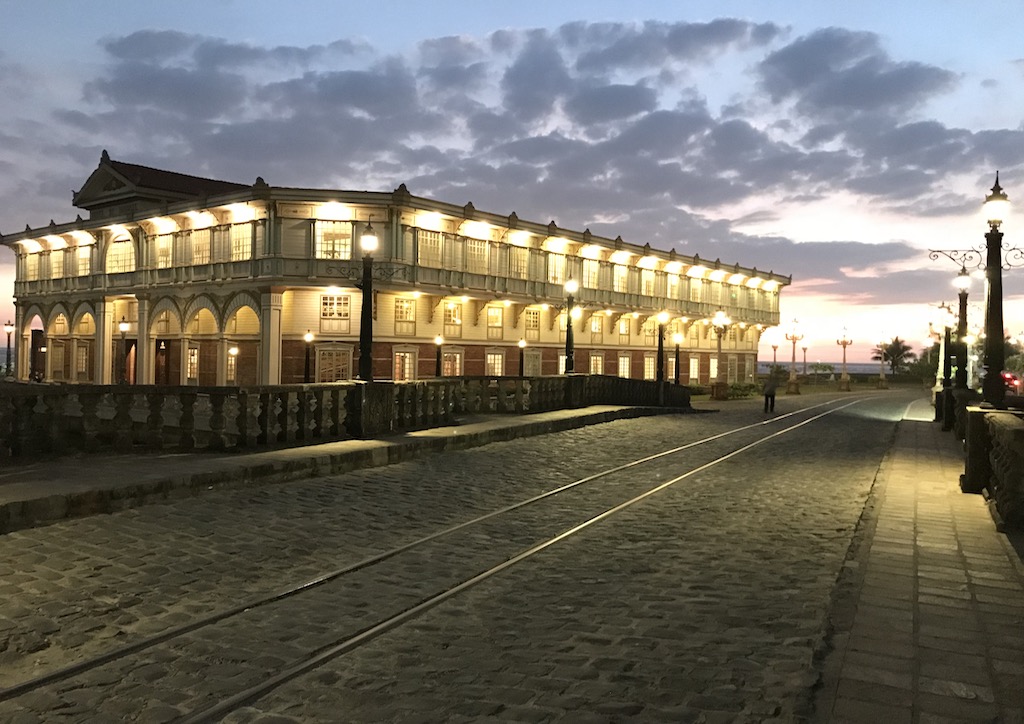
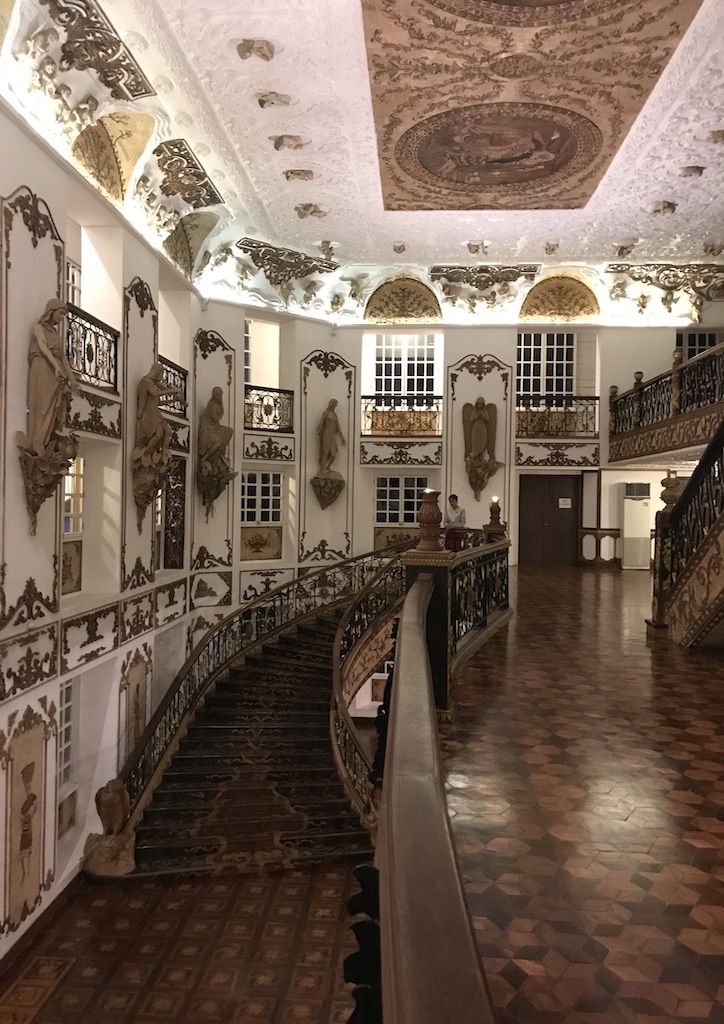
A Touch of Europe
The most recent addition to Las Casas is Hotel de Oriente. It would be hard not to miss the grand structure by the river, which houses a grand ballroom, museum, and the breakfast restaurant for overnight visitors.
Inspired by the first premiere hotel in the Philippines, it was envisioned not just to be a venue for grand parties, but to also showcase majestic artisanship. True enough, you are at awe as soon as you step inside. The interiors are not a replica of the original Hotel de Oriente. Mr. Acuzar took it upon himself to give it a European feel instead, adding to the variety of architecture within the resort.
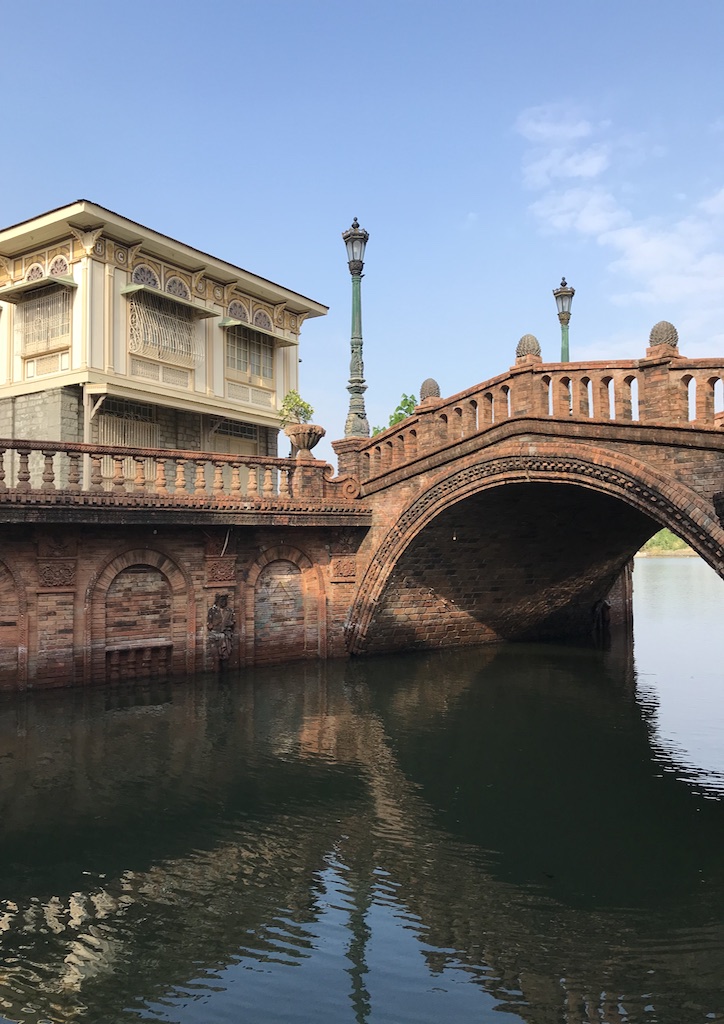
Reminiscent of the Venetian gondola rides through Venice’s canals, the balsa ride through Las Casas’ Estero de Binondo takes you under bridges and through the canals behind the Accesoria buildings. It is another way to appreciate the architecture and heritage homes from the river’s point of view.
By the time your stay at Las Casas ends, you are enriched with a greater appreciation of the Philippines’ past. Not only does this make-believe world represent parts of our history, it also serves as another destination Filipinos can be proud of.
Las Casas Filipinas de Acuzar is located at Barangay Ibaba, Bagac, Bataan. For inquiries and reservations, phone (+63 2) 546 9123, email <[email protected]> or visit <lascasasfilipinas.com>.
—
Written and photography by Carmen Silverio Roxas





